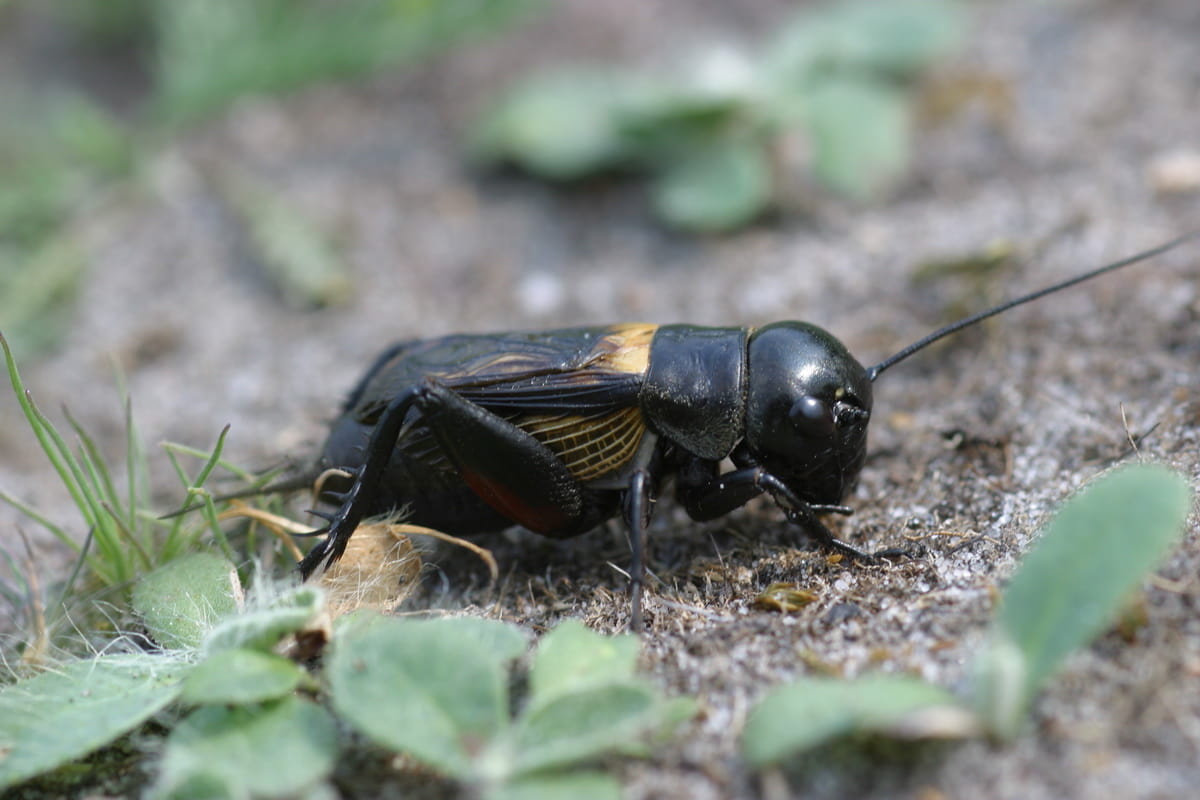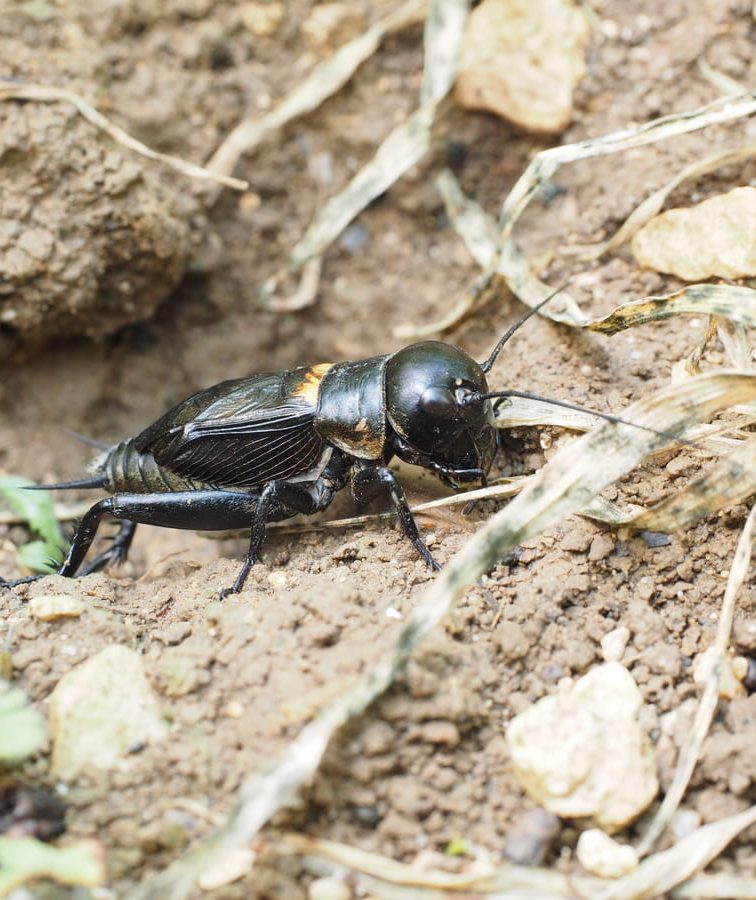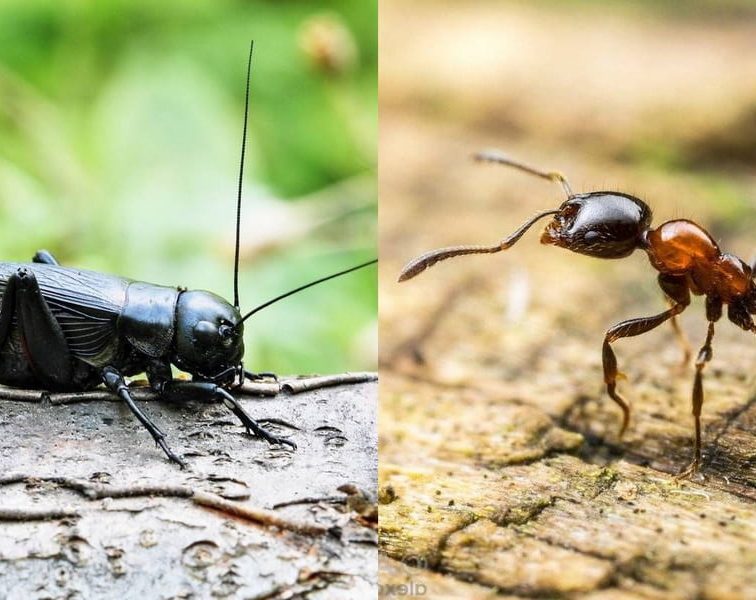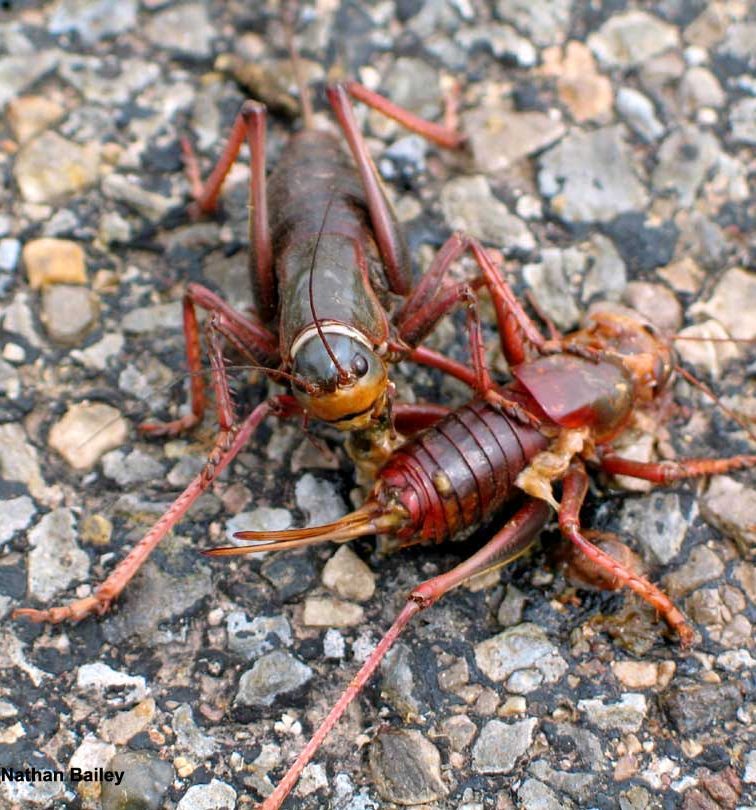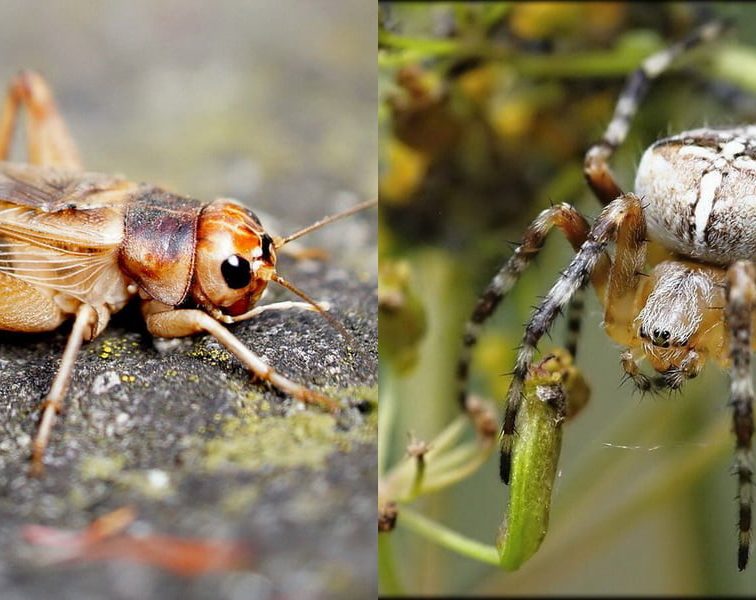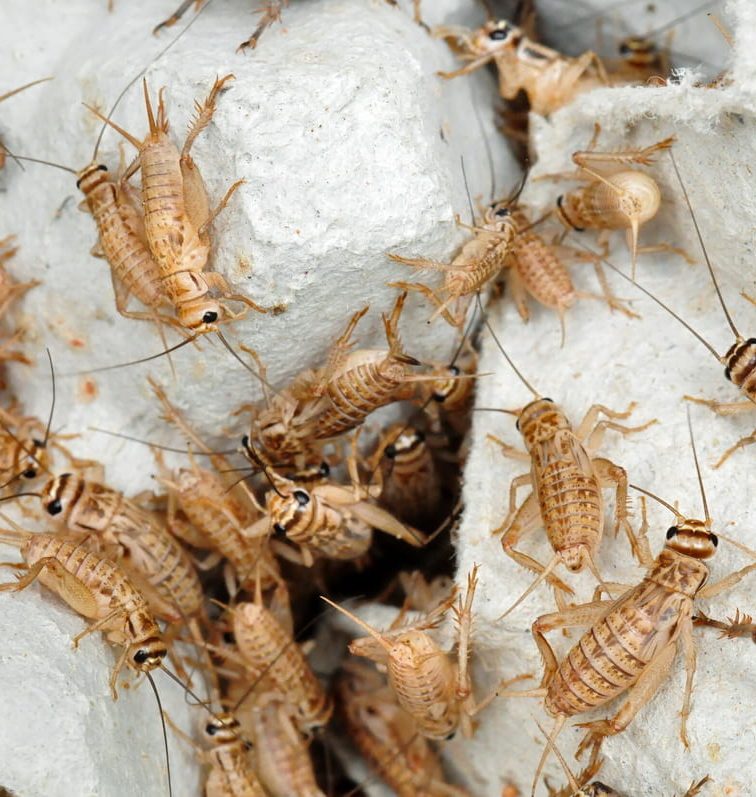Crickets, a common group of insects, are known for their distinctive chirping and varied habitats. These creatures, belonging to the Orthoptera order, exhibit a diverse range of diets that influence their ecological roles. Understanding what crickets eat is crucial, as it affects not only their survival but also their interaction with the environment, including gardens and homes. This article provides an overview of the dietary habits of crickets, exploring their impact on both natural ecosystems and human spaces.
Diet of Crickets
Crickets are omnivorous insects, meaning they feed on a mix of plant and animal matter. Their diet in the wild is diverse and includes several components:
- Plants: Adult crickets typically favor juicy, nutritious plant parts such as fresh fruit, vegetables, seeds, and flowers. This preference for plant-based foods places them as primary consumers in the food chain, directly consuming materials produced by plants.
- Other insects: Their carnivorous behavior is evident in their consumption of other insects, including larvae, pupae, aphids, and various defenseless or dead adult insects. For instance, house crickets often prey on smaller, defenseless insects, while species like the Jamaican Field Cricket might specifically target fly pupae.
- Scavenged meat: Crickets aren’t averse to scavenging and will feed on accessible meat sources such as dead fish. This opportunistic feeding habit allows them to function as detritivores, contributing to the breakdown of organic matter in their environments.
- Microorganisms: They also consume microorganisms like fungi, algae, and bacteria found on decaying organic matter. This aspect of their diet helps in maintaining their health and supports their role as decomposers in ecosystems.
- Cannibalism: Interestingly, crickets can exhibit cannibalistic behavior, particularly when food is scarce. This behavior involves consuming their own species, including vulnerable larvae, to maintain population control and nutrient intake.
In captivity, crickets are often fed a balanced diet that may include commercial cricket food, vegetables, fruits, grains, and protein sources like commercial pet foods. Providing a diverse and nutritious diet is essential, especially if the crickets are being used as feed for other animals, as their nutritional value directly impacts the health of the animals consuming them.
Crickets’ omnivorous nature and diverse diet play a crucial role in their adaptability to various environments and food availabilities. Their diet choices allow them to be resilient in different situations and contribute significantly to ecological processes, including nutrient cycling and food chain dynamics.
Diet of Crickets in Captivity
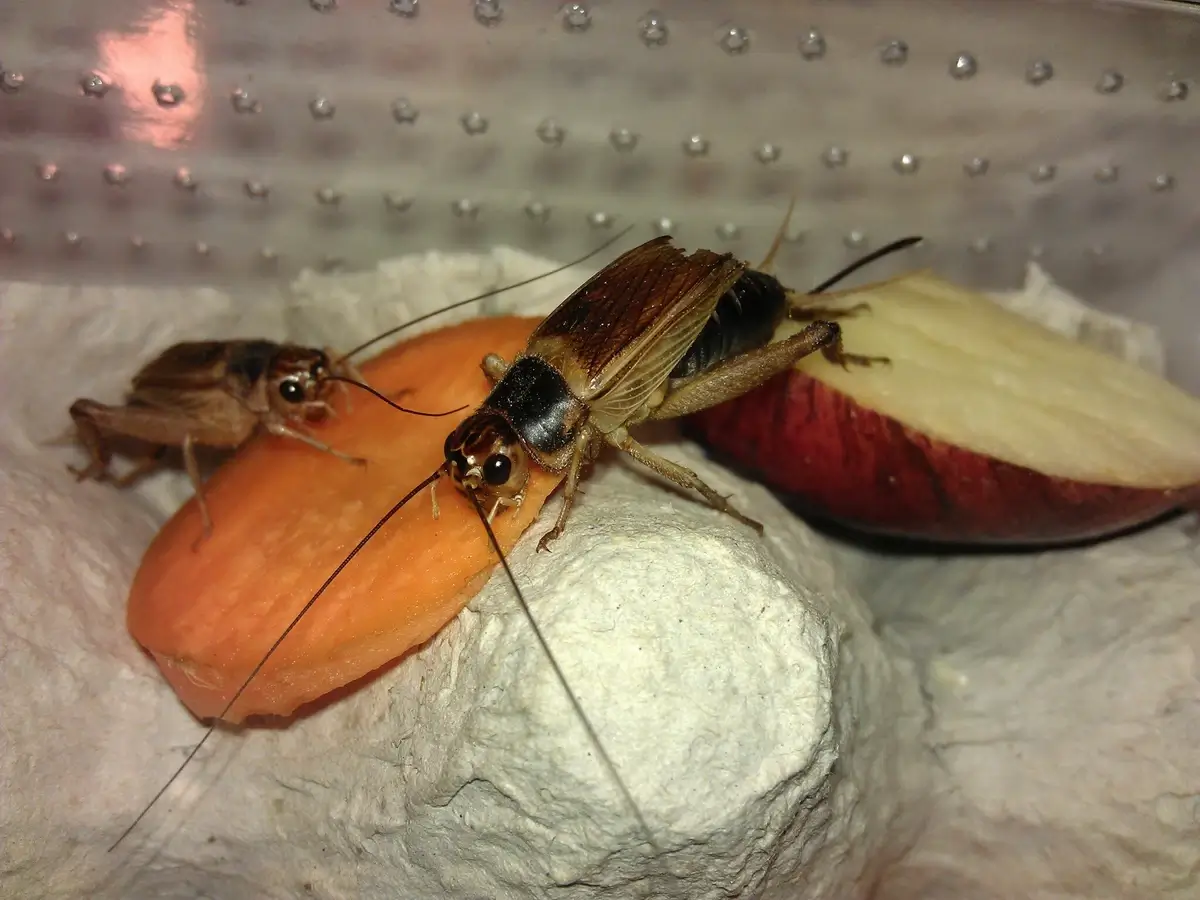
Image: stop-klopu.com
Crickets in captivity have a diet that is adaptable yet should be nutrient-rich to maintain their health and, if they are used as feeder insects, the health of the animals they feed. Crickets are omnivorous, meaning they consume both plant and animal matter.
- Vegetables and fruits: In captivity, crickets thrive on a variety of fresh fruits and vegetables. Foods like carrots, squash, potatoes, sweet potatoes, spinach, kale, apples, pears, bananas, oranges, and melons are excellent choices. These foods provide essential nutrients and are easily accessible.
- Grains and commercial pet food: Crickets can also be fed grains like wheat germs, rice meal, rolled oats, and alfalfa. Commercial pet foods, especially those designed for dogs, cats, and reptiles, are good protein sources for crickets. It’s crucial to avoid raw meat due to sanitary risks.
- Gut loading: This is a process where feeder insects are fed a nutrient-dense diet before they are given to pets. This ensures that the pet animals consume the content of the cricket’s guts along with the cricket itself, making the meal more nutritious.
- Water supply: Although crickets can extract some water from their food, they still need a clean water source. This can be provided through soaked cotton balls or shallow water trays to prevent drowning.
- Feeding tips: Crickets are self-regulating feeders, so specific amounts of food are not crucial. It’s important to keep their enclosure clean and to remove any moldy or rotten food pieces promptly. Separating dry food from moist food and water can help maintain hygiene.
In summary, providing a diverse and balanced diet to crickets in captivity is essential. This diet ensures their health and, by extension, the health of the animals they are fed to. The choice of food items, feeding method, and hygiene are crucial components of effective cricket care.
Do Crickets Eat Spiders?
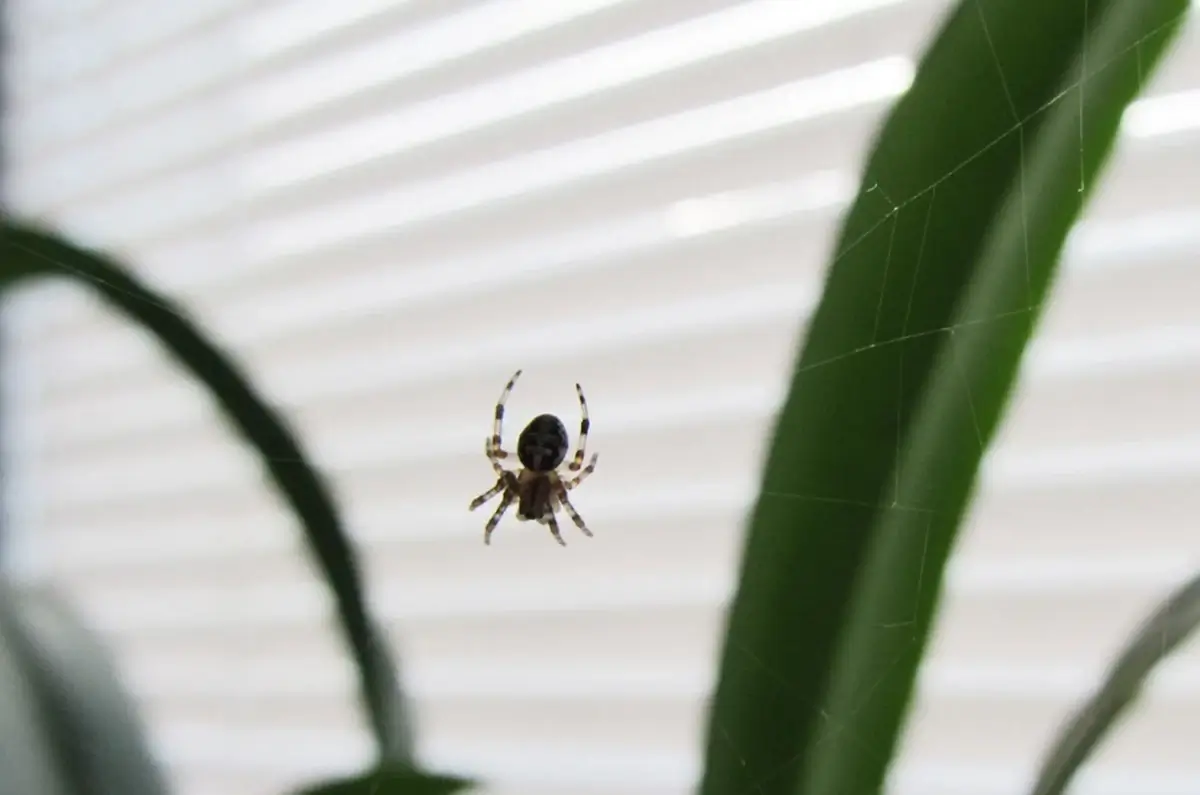
Image: hellomagazine.com
Yes, crickets do eat spiders, depending on the species and size of the spider. In general, spiders are considered a delicacy by many insects, including crickets. Here are some key points about this behavior:
- Preference for smaller spiders: Crickets tend to go for spiders that are smaller or in the early stages of development. They avoid full-grown spiders, which might attack and eat them.
- Nutritional value vs. risk: While spiders provide valuable protein, there’s a risk due to the potential toxicity of certain spiders. For example, black widow spiders contain neurotoxic venom that can be harmful to crickets.
- Crickets’ opportunistic nature: Despite the risks, crickets continue to see spiders as a valuable food source, demonstrating their adaptability and opportunistic feeding habits.
Read more: Do Crickets Eat Spiders?
Do Crickets Eat Roaches?
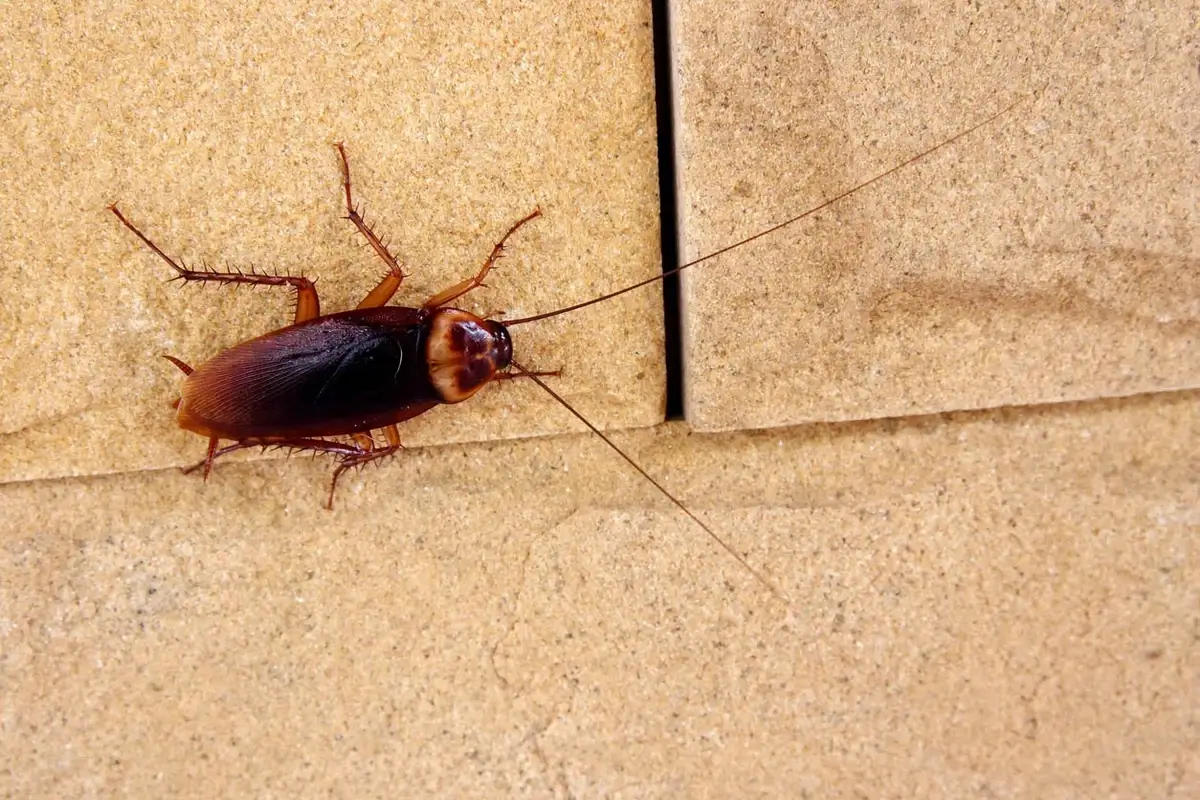
Image: sagepestcontrol.com
Crickets, known for their diverse diet, do consume roaches under certain conditions. Here’s a breakdown of their interaction with roaches:
- Crickets as natural predators of roaches: Crickets have been observed eating both adult and juvenile roaches. This predatory behavior can help control roach populations in households and reduce the need for chemical pest control methods.
- Hunting mechanism: Crickets use their strong jaws and mandibles to bite through a roach’s exoskeleton, gaining access to the soft tissue inside. They employ their keen sense of smell to locate roaches, tracking them by the pheromones they emit.
- Opportunistic feeding habits: While not typically hunting roaches, crickets are opportunistic feeders and will eat roaches in situations where other food sources are scarce. They adapt to various food types, making them versatile predators in different environments.
- Benefits of having crickets: Crickets can contribute to controlling roach populations in homes. They are a natural and eco-friendly alternative to chemical pest control.
- Limitations: Despite their ability to eat roaches, crickets alone are not sufficient to completely eradicate a roach infestation. Other methods, including insecticides and traps, are recommended for effective roach control.
Impact of Diet on Cricket Behavior and Ecology
The impact of diet on cricket behavior and ecology is a complex subject that intertwines nutritional, behavioral, and ecological aspects. Crickets’ dietary choices influence not only their physical development but also their behaviors, such as mate attraction signaling and responses to predators.
For example, a protein-rich diet can accelerate development and growth in crickets, affecting their mate attraction behaviors. Additionally, the type of diet can also influence their response to environmental challenges like predatory threats.
These dietary influences play a crucial role in shaping the ecological interactions and survival strategies of crickets.
Conclusion
In conclusion, crickets exhibit a diverse and omnivorous diet that includes plants, other insects, and various organic materials. This diet impacts their behavior and ecology, influencing aspects such as growth, mating behavior, and predator response.
Environmental factors like temperature and light also affect their feeding habits and habitat preferences. Understanding these dietary behaviors is crucial for both ecological studies and practical applications, such as cricket farming for sustainable protein sources.
Further research in this area continues to provide insights into the complex interactions between cricket diet, behavior, and ecological roles.


